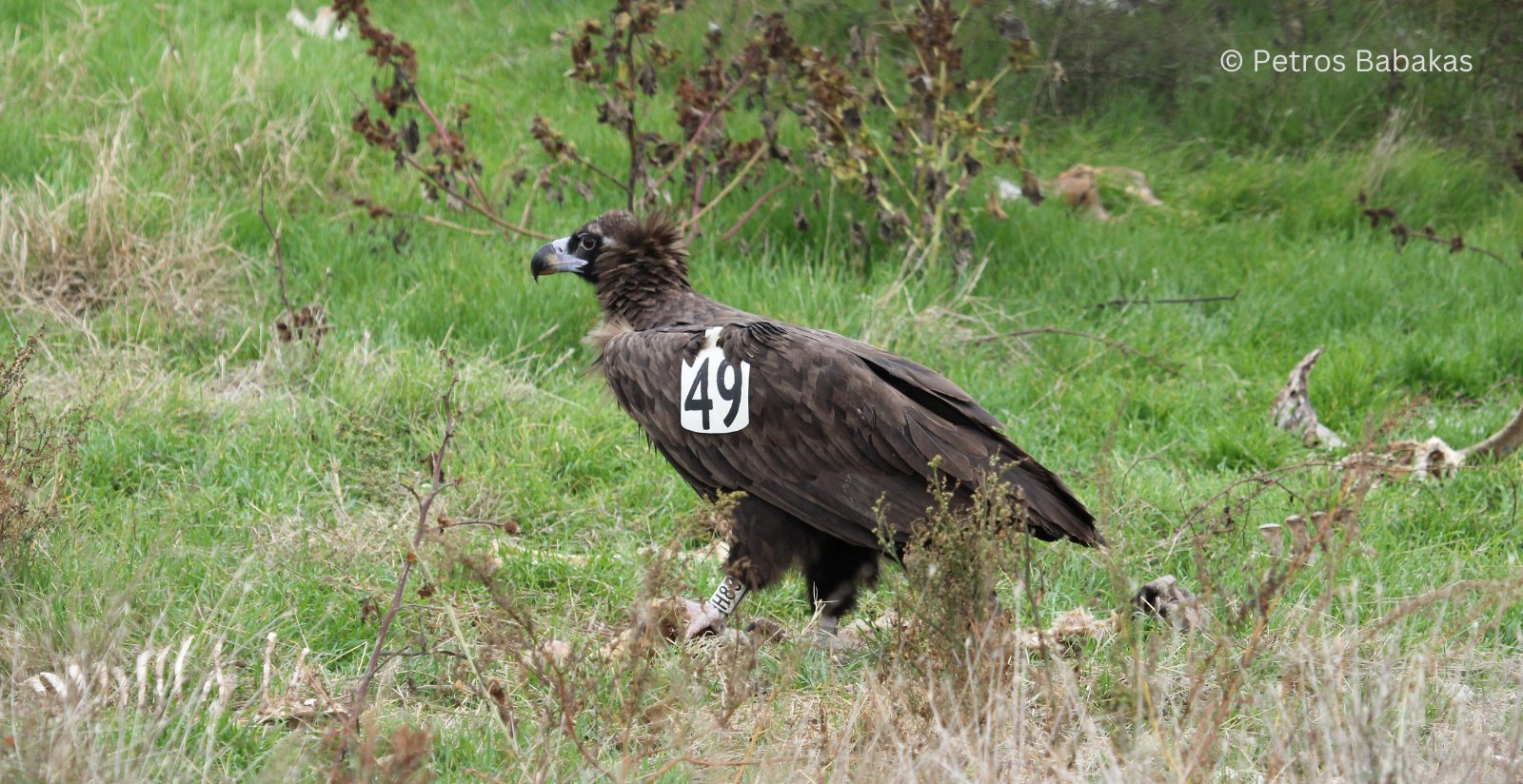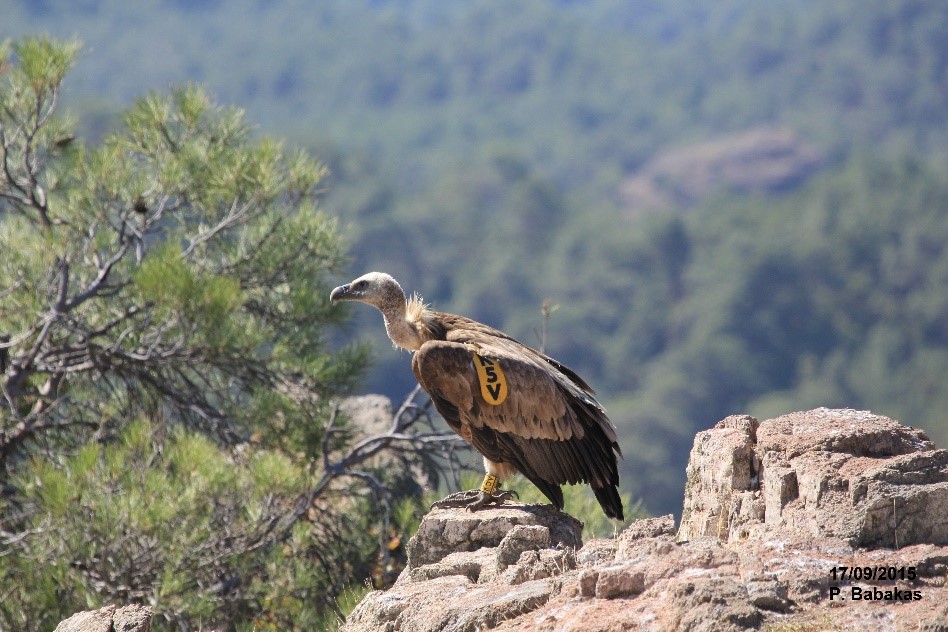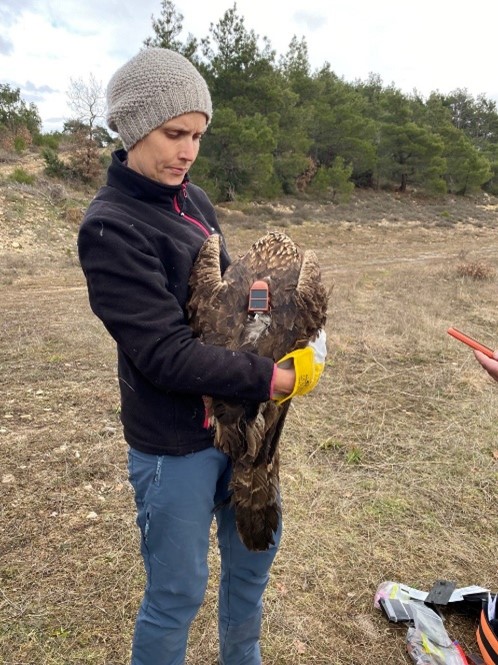Bird monitoring

Observing the lives of birds of prey provides us with valuable knowledge, which can be used for their protection. We discover where they nest, learn how long they live, when and how they die, in which areas they face greater or fewer problems and how far they travel both within and outside Thrace. Our tools are binoculars and telescopes as well as wing and leg markings and satellite transmitters.
We travel to the mountains of Thrace where we wait patiently for many hours with our eyes glued to binoculars until some movement of the species will reveal to us where it has its nest. At the right times of the year, we place transmitters on some species of birds of prey, such as vultures, golden eagles and ravens, and also by placing leg rings and wing tags on these birds they acquire unique identity markings for us.

The activities we do in surveying bird populations contribute to a project on monitoring birds of prey that is also undertaken by the National Parks Management Units of the Natural Environment and Climate Change Agency (NECCA). The mountainous area of Thrace is huge and any monitoring project requires synergies and networking to be effective.
The work of monitoring also involves members of the public who have the awareness to raise an alert concerning injured or dead birds and also people who like to observe nature and locate nests of rare birds. All of these people actively contribute to the protection of our country.

